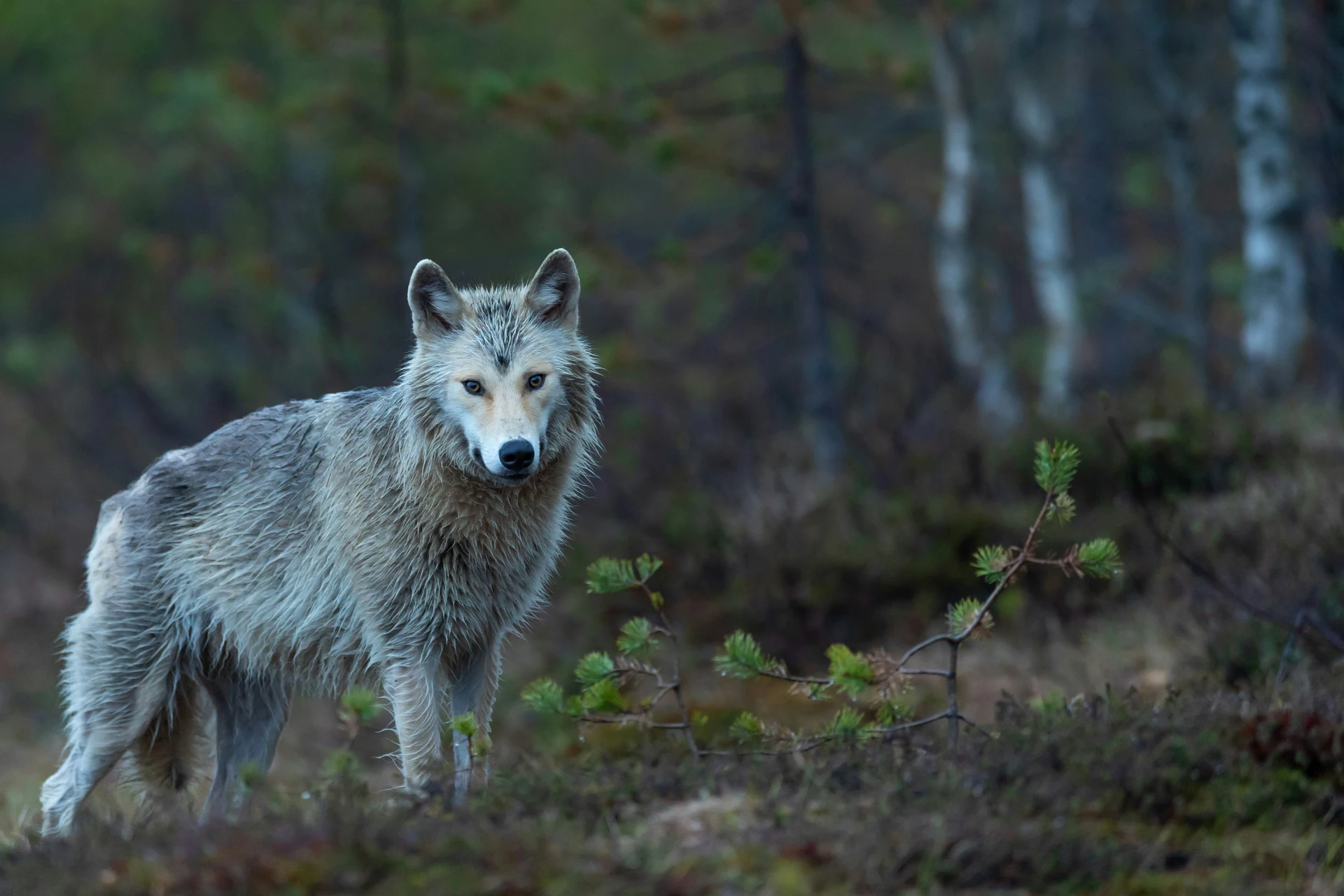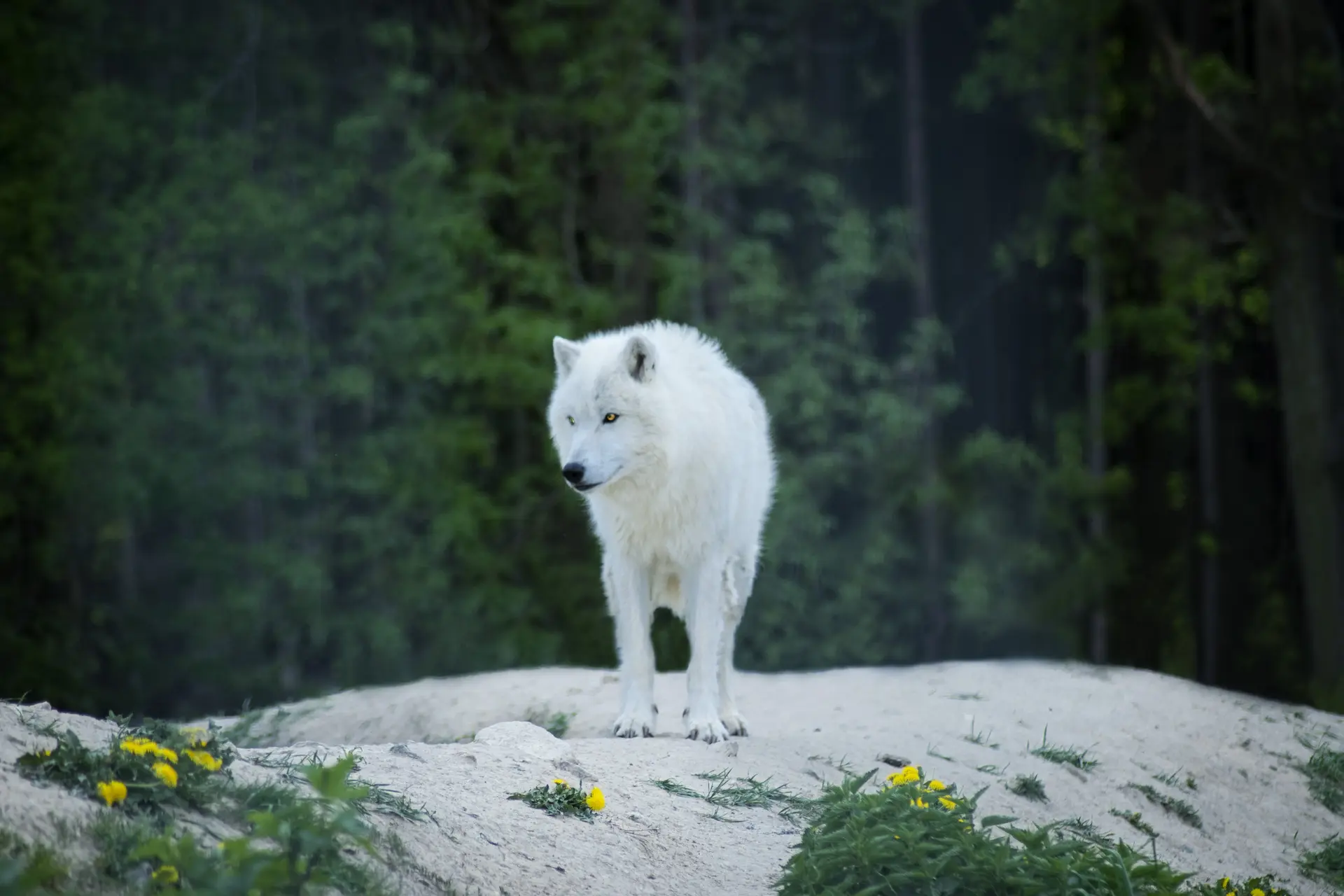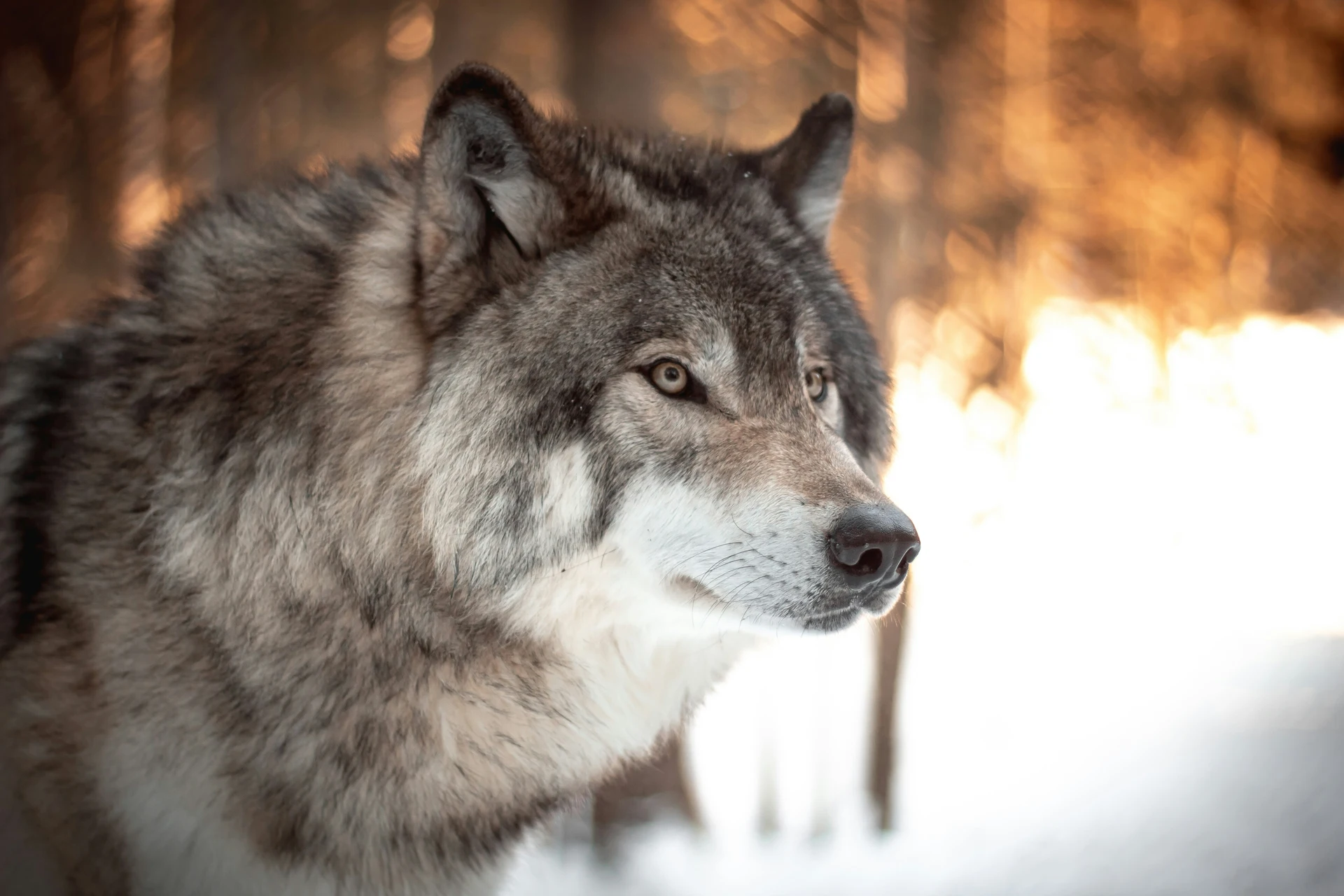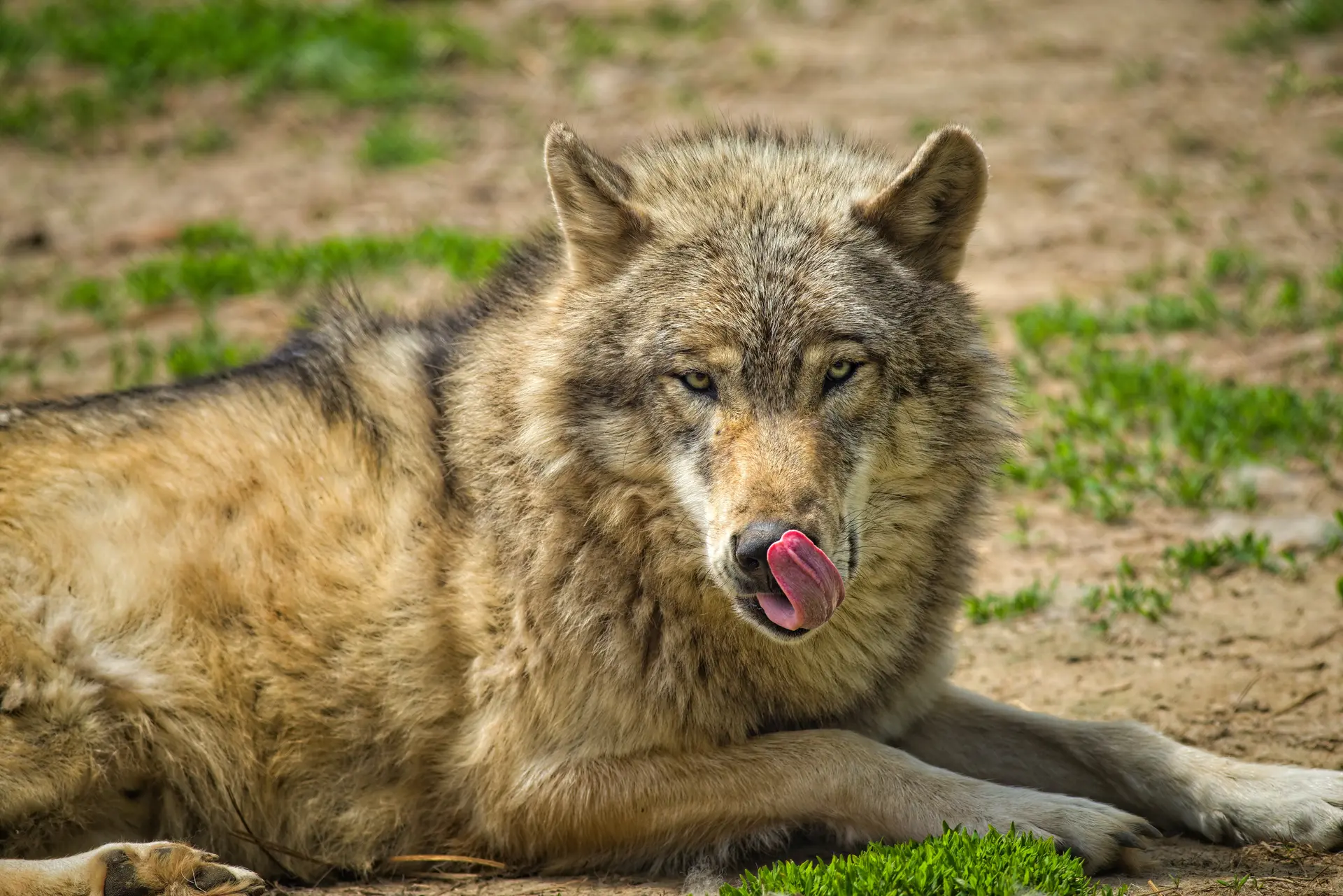Table of Contents
Have you ever pondered upon the intricate relationship between humans and wolves? Spanning across epochs, these two species have shared a captivating bond that has not only shaped cultures and ecosystems but has also fundamentally influenced our understanding of domestication. Join us on a journey through time as we delve into the depths of this ancient connection, exploring the nuanced ways humans and wolves have coexisted, diverged, and interwoven over millennia.

Humans and Wolves: A Shared History
In the vast tapestry of human and wolf interaction, the threads of history weave tales of shared territories and intertwined destinies. From the frost-kissed forests of Europe to the arid plains of North America, humans and wolves have trod upon the same soil, each leaving their indelible mark upon the landscape. Ancient civilizations revered wolves, imbuing them with divine qualities and incorporating them into their myths and folklore. The Native American tribes, for instance, viewed wolves as spiritual guides, embodying traits of strength, cunning, and loyalty.
Domestication: How Humans Tamed the Wolf
The saga of domestication stands as a testament to the ingenuity and tenacity of our ancestors. While the precise timeline of this transformative process remains obscured by the mists of time, archaeological evidence suggests that early humans began to forge bonds with wolves as far back as 15,000 years ago. In the crucible of companionship and cooperation, wolves gradually shed their wild instincts, paving the way for the emergence of the loyal and devoted canine companions we know today.
Take, for instance, the Siberian Husky, a breed that traces its lineage back to the indigenous Chukchi people of Siberia. Revered for their endurance and unwavering loyalty, these dogs served as indispensable companions in the harsh Arctic landscapes, pulling sleds and aiding in hunting expeditions.

Cultural Depictions: Wolves in Mythology and Folklore
Wolves have held a prominent place in the cultural imagination of societies around the world, often symbolizing a potent mix of fear, reverence, and admiration. In Norse mythology, the wolf Fenrir is a monstrous creature destined to devour the god Odin during Ragnarok, the apocalyptic battle that heralds the end of the world. Conversely, in Japanese folklore, the wolf is revered as a kami, or spirit, associated with protection and guidance. These diverse cultural depictions reflect the complex and multifaceted relationship between humans and wolves throughout history.
Genetics and Evolution: Tracing the Origins of Wolves
The genetic and evolutionary history of wolves offers tantalizing insights into their remarkable adaptability and resilience as a species. Through the analysis of DNA sequences and fossil records, scientists have traced the origins of modern wolves to a common ancestor that roamed the Eurasian continent tens of thousands of years ago. Over millennia, wolves underwent a process of natural selection and genetic diversification, resulting in the wide array of subspecies and ecotypes observed today. From the Arctic-dwelling Arctic wolf to the desert-adapted Arabian wolf, each population has evolved unique adaptations suited to its specific environment, underscoring the remarkable versatility of this iconic predator.

The Differences Between Wolves and Humans
While humans and wolves share a common ancestry, millennia of divergent evolution have led to stark differences between the two species. Wolves, as apex predators, operate within a tightly knit social structure governed by intricate hierarchies and rituals. In contrast, humans have forged sprawling civilizations, shaped by culture, language, and technological innovation. Yet, beneath these surface disparities lies a shared spark of intelligence and adaptability that binds both species together.
Similarities Between Wolves and Humans
Despite their apparent dichotomy, humans and wolves share a tapestry of similarities that underscore their intrinsic connection to the natural world. Both species exhibit remarkable adaptability, thriving in diverse environments ranging from the frozen tundra to the sun-scorched deserts. Furthermore, wolves and humans are social beings, forming intricate networks of communication, cooperation, and emotional bonds. Consider the profound parallels between the familial dynamics of wolf packs and the tight-knit communities forged by human societies—a testament to the enduring bonds that transcend species boundaries.

Exploring the Tapestry of Human-Wolf Interaction
The annals of history are replete with accounts of human-wolf interaction, ranging from ancient myths and legends to modern conservation efforts. In the remote villages of Nepal, for instance, the indigenous Tharu people have coexisted with wild wolves for centuries, employing traditional livestock protection measures to mitigate conflicts and foster harmony between humans and wolves. Similarly, in Yellowstone National Park, the reintroduction of wolves in 1995 catalyzed a cascade of ecological effects, reshaping the landscape and restoring balance to the ecosystem.
Learn More!
To conclude, the symbiotic relationship between humans and wolves serves as a poignant reminder of our shared stewardship of the natural world. As we navigate the complexities of the modern era, let us heed the lessons of the past and strive to foster mutual respect and understanding between humans and wildlife.
To delve deeper into the wonders of the animal kingdom, explore our mammals category for captivating articles on dogs, cats, elephants, and more! Additionally, don’t miss our in-depth exploration of cats’ domestication and its profound impact on human civilization.

F. A. Q. about Humans and Wolves
Can humans and wolves coexist?
Yes, humans and wolves can coexist under the right conditions. Throughout history, various cultures have developed methods to live alongside wolves peacefully. However, conflicts can arise in areas where human activities encroach on wolf habitats or disrupt their natural prey populations. Conservation efforts, habitat restoration, and community engagement are essential for fostering coexistence between humans and wolves.
How did humans domesticate wolves?
The domestication of wolves into dogs is believed to have occurred thousands of years ago through a process of selective breeding. Early humans likely observed and interacted with wolves, gradually forming mutually beneficial relationships based on shared resources and protection. Over time, wolves that exhibited friendlier behaviors towards humans were more likely to be tolerated and eventually integrated into human communities, leading to the development of domesticated dogs.
How are wolves and humans different?
Wolves and humans are different species with distinct physical characteristics, behaviors, and social structures. While wolves are carnivorous mammals that live in packs and rely on hunting for survival, humans are omnivorous primates with diverse cultures, languages, and technologies. Despite these differences, both species exhibit intelligence, adaptability, and complex social behaviors.
How are wolves and humans similar?
Wolves and humans share several similarities, including their abilities to adapt to various environments, communicate within social groups, and form emotional bonds with one another. Both species are also apex predators within their respective ecosystems, playing crucial roles in maintaining ecological balance and biodiversity.
What is the history of humans and wolves?
The history of humans and wolves dates back thousands of years and is intertwined with the development of civilizations, cultures, and ecosystems around the world. From ancient myths and legends to modern conservation efforts, humans have maintained a complex relationship with wolves, ranging from reverence and respect to fear and persecution. Today, ongoing research and conservation initiatives strive to promote understanding and coexistence between humans and wolves for the benefit of both species and the planet.


